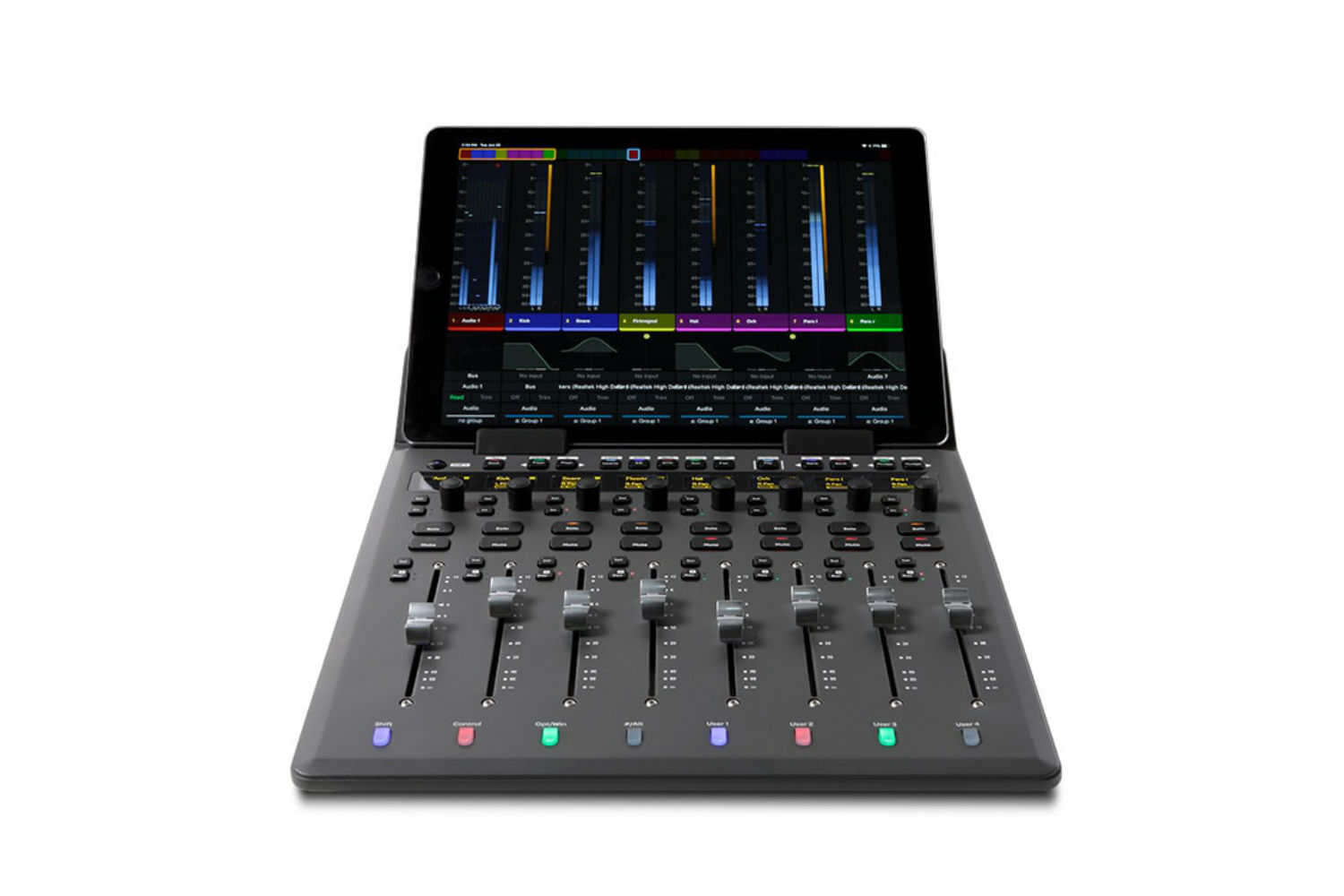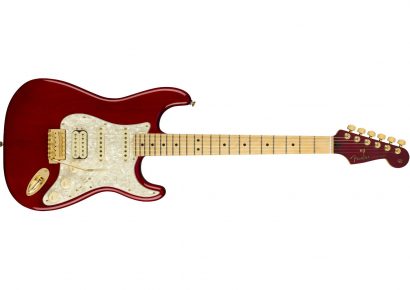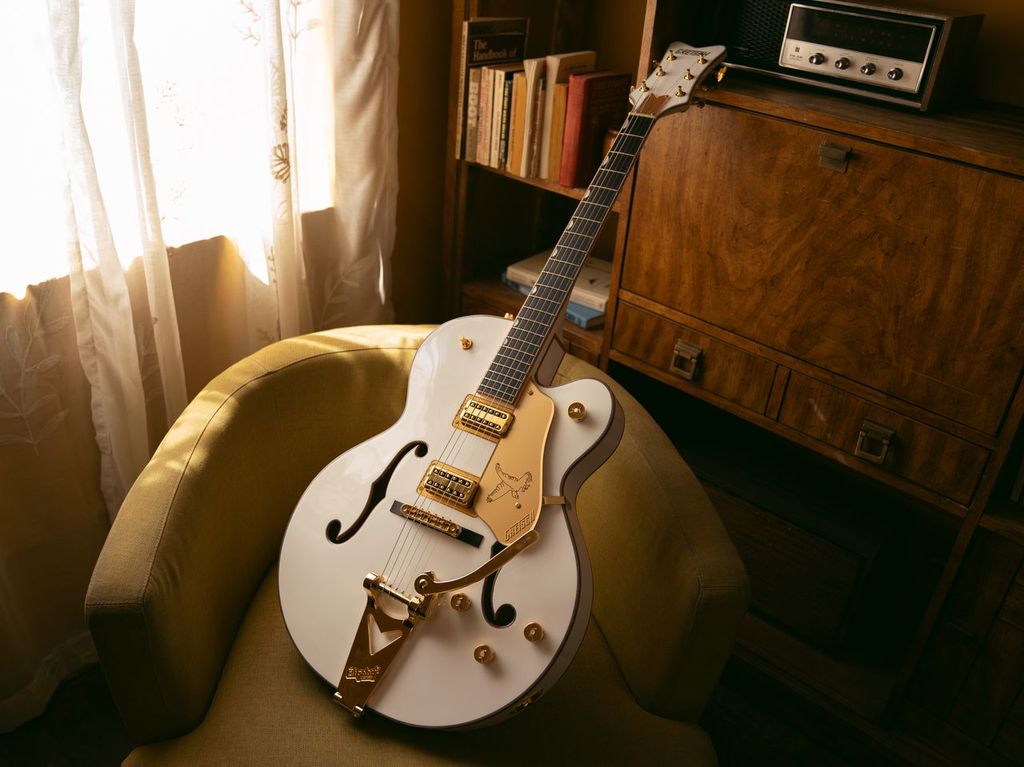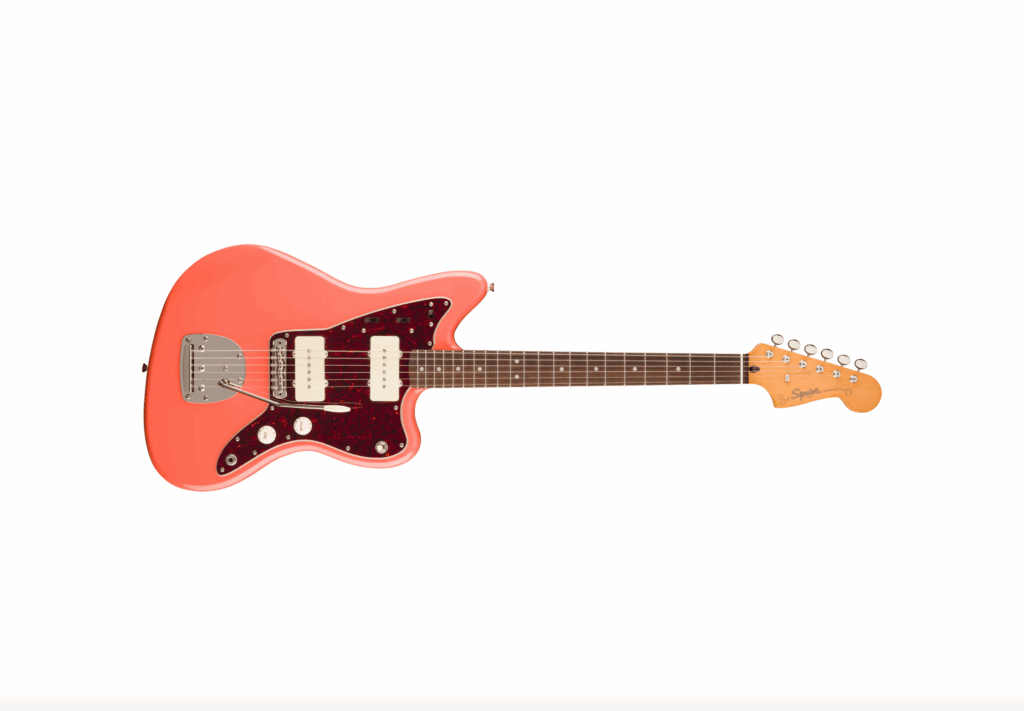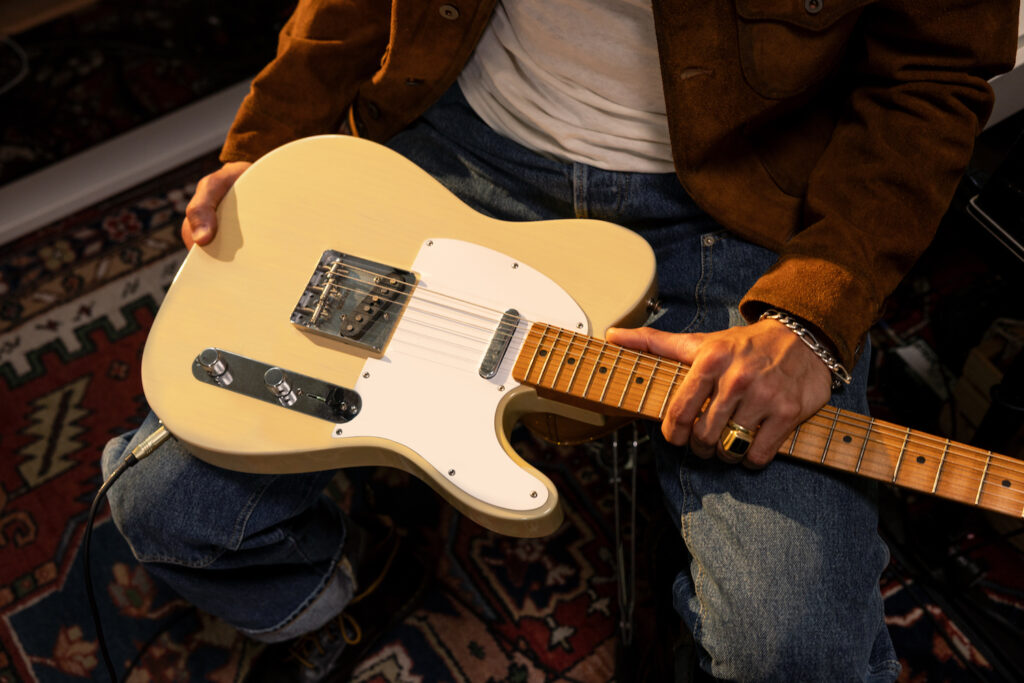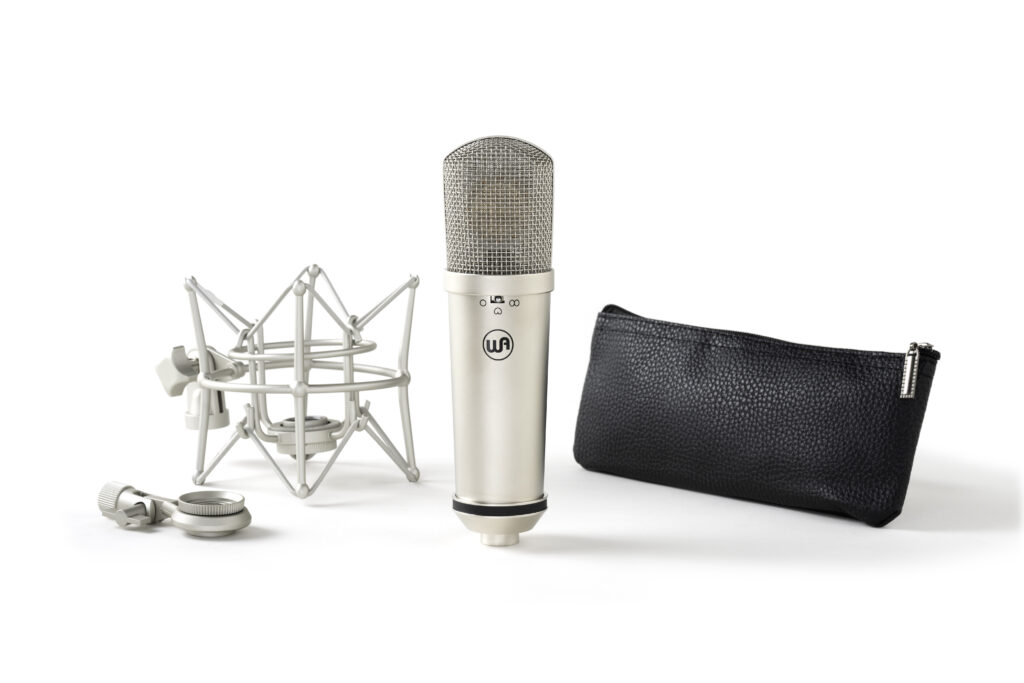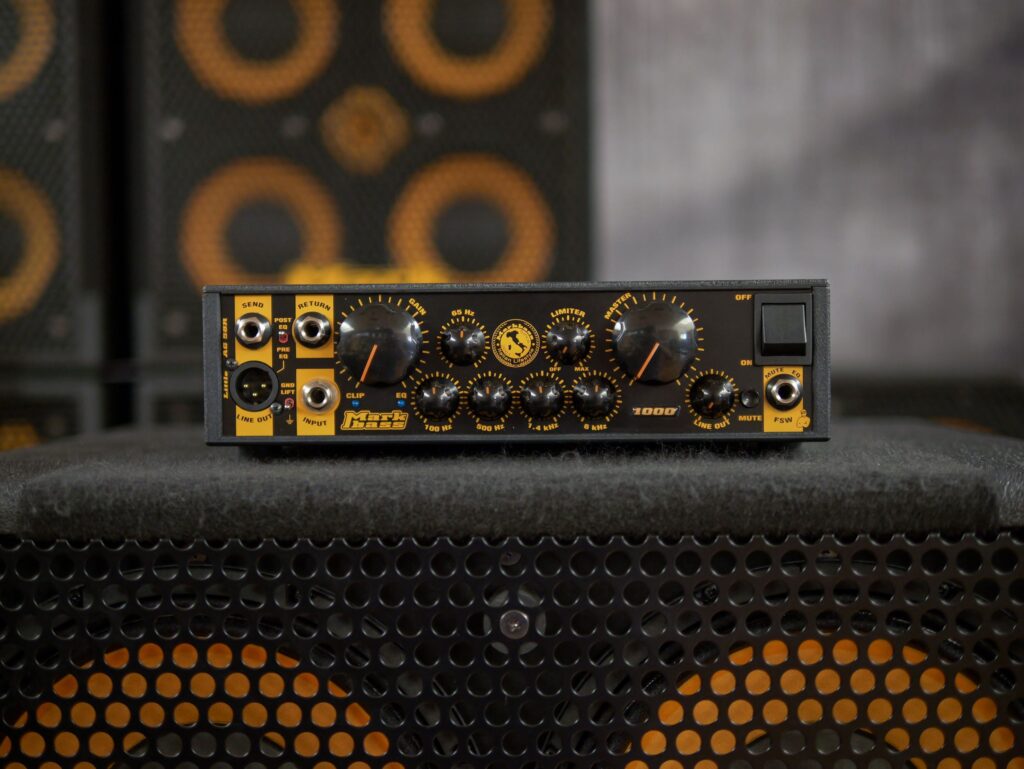Distributed by Innovative Music Australia | Contact for pricing
Of all the manufacturers and software developers that have had a hand in shaping the current recording climate (see: the evolution of ‘in-the-box’ workflows, minimal physical footprints and the use of Cloud storage/collaboration in Audio production space), perhaps it is Avid who have broken the most new ground in integrating the Professional Studio Workflow into the broader context of home recording.
From the early, consumer-ready versions of their famous software like Protools LE – originally tethered to small scale proto Avid hardware like the original MBox and Digi 001 – right through to their eventual emancipation from interfaces all together, the brand have always had a knack for assessing the marketplace and providing scalable professional solutions that are completely malleable in their scope, distilling all the functionality of the professional studio and packaging it into bite size pieces that can be implemented across a broad range of applications.
But therein lies the question facing both AVID and the army of ProTools acolytes who have made it through the frontier years. Where to next?
With the first graduating class of the Digital Audio Workstation having already discovered the limits of scalability (both big and small) and with physical footprints having already been reduced to a veritable size 6, wherein lies the next major area for innovation, if not for minimalism?
Well if the Avid S1 is anything to go by, we look back outside the box (at least in terms of control) and give ourselves the luxury of some much needed elbow room, reintroducing a sense of instantaneous tactile functionality and bringing the ‘feeling’ back to the modern ITB workflow.
Where the S1 sits in comparison to Avid’s other products isn’t an exact science. It’s modular capability allows the unit to magnetically lock into multiple S1’s and/or an Avid Dock-then customise the setup using the EUControl software, in turn making it highly adaptable and desirable for S3 users.
Avid’s position as the dominant name in post-production has in many ways given them the perfect vantage point to witness the evolution of the modern studio workflow and it shows in something like the S1. Even the finer details like the quality of the powerful control software, or the fact that tracks can be colour coded to match their on screen counterparts, just scream ‘professional user’.
That’s not to say that beginners or home recordists won’t find these features extremely useful. If anything, the S1 is a unit borne out of a Pro mindset, but whos tactile approach and user friendly feature set is universal in its appeal.
As a standalone controller (featuring nothing in the way of preamps or A/D conversion), the S1 is primarily concerned with the physical act of mixing, or perhaps VST/sample based composition, if that is your thing.
It is not an interface, nor does it claim to be. Rather it is a scalable, premium control surface that excels in liberating oneself from the cramped, RSI inducing world of mouse-clicks and key commands.
It can’t be stressed enough how much more organic and natural this feels as a primary workflow. Say all you want about the convenience of laptop and headphone based affairs, but it is genuinely hard to go back after the perceived comfort and luxury of working with faders and rotaries in this setting. Plus, with the level of portability present in the S1, this is actually much less of a trade off than you would at first think.
Avid describes the S1 as ergonomic and slimline, and they’re bang on the money. It’s as portable as it can be with long-throw motorised faders at an efficient 31.2 cm wide and 37.7 cm deep. It’s the perfect size for ease of use without taking over your desk and has an efficiency of layout that very few fader-based controllers can match.
Avid have been building controllers for decades and it definitely shows in the quality of components and moving parts; the faders are delightfully sensitive and the buttons satisfying to the touch. The top of the S1 features a stand for a tablet and given the practical application of Avid Control it’s no surprise you get a lot more out of the S1 with a tablet connected.
And while we are on the topic of connectivity, let it be known that one of the major advantages of opting for a controller made by the manufacturer of the industry standard software is that connectivity isn’t likely to be an issue. Sure enough, the S1 reads like an absolute dream.
The lack of setup time required and the reliable, bug free operation really allow you to get lost in your work, blurring the line between console and ‘in-the-box’ style mixing and really doing a lot to reacquaint oneself with the more enjoyable aspects of the artform, outside of the laborious IT side of the equation.
If there was ever an argument as to the advantages of a standalone hardware controller, it would have to be in the additional level of comfort and comparatively low stress environment that comes with this kind of workflow.
It’s a difficult thing to articulate, but in the context of daily use, little things like reliability of connection, quick and easy setup and simple clean layout, all weigh into the overall user experience. Controllers like the S1 are one the best methods out there for minimizing burnout and fatigue in the studio, providing an intuitive, tactile control surface that consistently helps (rather than hinders) the creative process.
For those who are already well versed in the Avid ecosystem, the S1 will also serve as the new cheapest way to get EUControl working across your rig, not only in ProTools and Media Composer, but a host of other mixing applications including Cubase and Premiere Pro.
In terms of layout, all the staples are right in front of you and are intuitive to use; mute and solo, track select and record arm, the motorised faders and the touch-sensitive knobs which default to pan. An array of specialised buttons and submenu’s are where things get interesting.
The inserts button scrolls through the plugin inserts of each track, where a systematic workflow would be rewarded; if all your tracks feature a compressor on the first track, they’ll be immediately available after each press of the Insert button. The default functionality of the knob and OLED display varies for each insert but is highly customisable.
The dedicated EQ button that takes you to the first EQ on the selected track and transforms the faders function into the band and gain controls for that EQ and similarly the DYN button takes you to the first Dynamics plugin. If you’ve got a tablet connected, Avid Control will correspond to this functionality seamlessly, otherwise your computer screen will display the relevant window within Pro Tools.
The VCA Spill feature deserves special mention, as it expands on the eight faders functionality by making it effortless to dive into mixing groups to fine-tuning individual tracks. Double-tapping the master tracks Select button hides the other tracks allowing you to focus on that group. The aforementioned colour-coded buttons at the base of the unit helped marry the S1 to visual reference on screen making identifying tracks and navigating sessions easier.
The highly flexible and data-heavy capability of EUControl makes a whole world of advanced functionality possible and it’s going to be exciting seeing users build their own custom workflow with such a sophisticated and adaptable piece of hardware.
Like the name of their flagship software might suggest, Avid are in the business of making ‘Professional Tools’ and the S1 more than lives up to this MO. With its premium build quality, rock-solid compatibility and featuring a whole host of flexible and customizable parameters all housed in a petite and endlessly portable footprint. It’s hardware for those who have (until now), actively avoided hardware.
With most of the post-2000’s being defined by innovations centred around size and scale, it’s telling that only now are we looking at the mix workflow more holistically and coming to the sobering conclusion that perhaps keyboards and mice (devices originally intended for word processing) may not be the most natural, tactile fit for the extremely specialised requirements of modern audio production.
A product as ergonomic, intuitive and highly functional as the S1 only makes this all the more obvious an in that respect, serves as the perfect gateway to the mix experience as it was originally intended-efficient, comfortable and with little in the way of physical fatigue.
Head to Avid’s website for more details, and get in touch with Innovative Music for queries regarding Australian availability.
